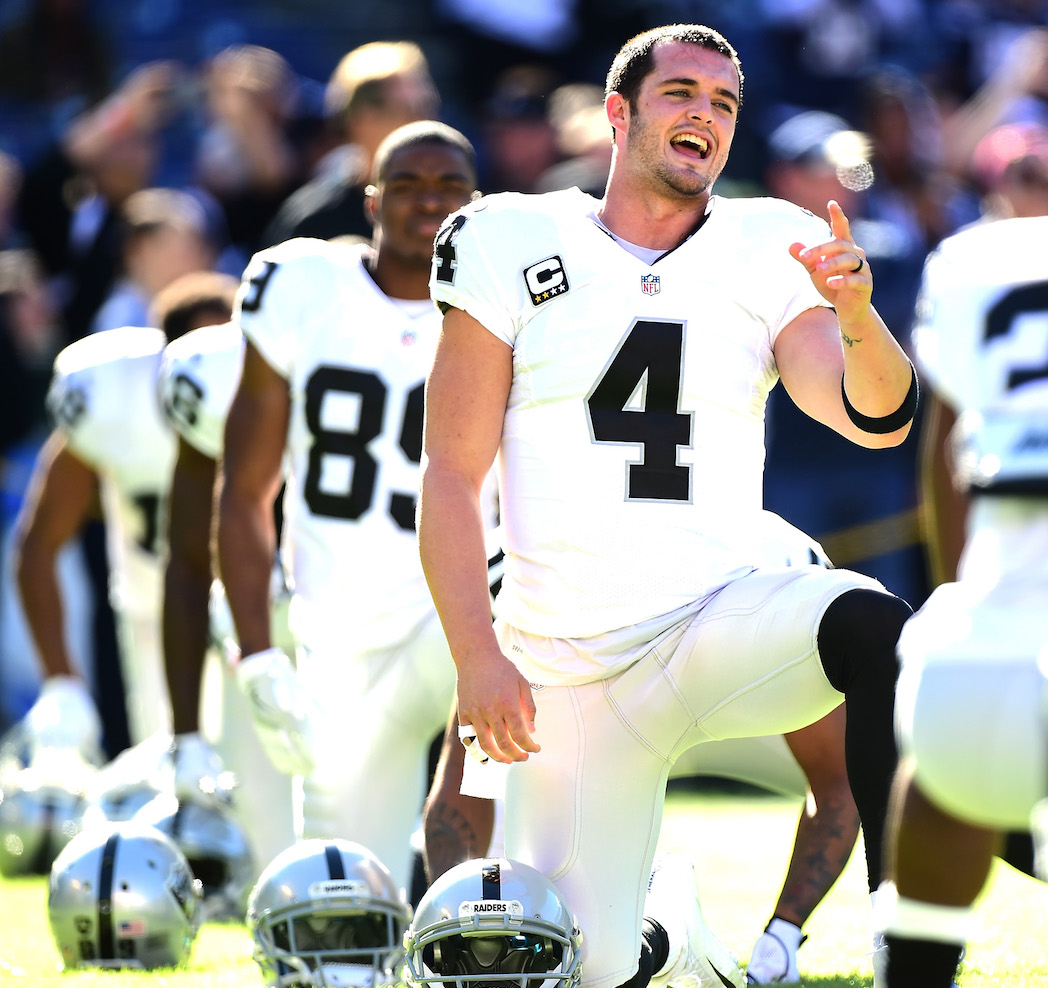This is the space where I typically dive deep in some external factor that comes into play and matters for our fantasy football lineups. And I will, trust me. But in honor of the World Series that is happening now, I want to start this article by talking about baseball. To anyone who rides or dies football, feel free to skip the next three paragraphs.
One of the fundamental sources of opposition between old-school baseball and sabermetric baseball is the idea of clutchness. Sabermetricians can certainly recognize the moments. Statistics like Win Probability Added are built on the understanding that some situations are more important than others. That makes it easy to see that some hitters have been clutch. The catch is trying to use has been to predict will be. No one has found compelling evidence that hitters who have performed better in clutch situations in the past are any more likely to do so again in the future, and the distribution of performance in clutch situations is no different than it is at any other time. In simple terms, clutchness appears to be random.
I don’t play baseball anymore, but I play golf. And it is definitely true for me that my body feels different when I’m standing over a shot on the 18th hole if I have a chance to shoot a low number versus if I don’t. And it seems pretty apparent that PGA Tour players can have similar reactions to pressure. I’ve witnessed countless examples of a professional golfer hitting a poor shot with a potential win at stake that he never hits on Thursdays. I’d be willing to wager that golf statistics bear out that scoring gets worse for the players on the leaderboard on the back nine on Sundays. Except for the few. A handful of players like Tiger Woods and Jordan Spieth never seemed bothered by the pressure, and they can point to their number of victories and their close rates when they are in contention as proof of their clutchness.
Baseball players are humans. They must feel similar pressure. So why is it so difficult to find statistical evidence that some players have the constitution for important moments and others do not? The easy answer is that so few players get enough clutch at-bats to really study the phenomenon. For every David Ortiz, there are a thousand players who play in only a handful of postseason games in their careers, if any. But my pet theory is that the issue is the element of opposition. In golf, it is just you. In baseball, you can bet that whatever alien feelings a batter experiences when he comes to the plate with a big game on the line, the pitcher feels them to. Who’s to say which one will be affected more, and how that will impact the eventual outcome?
Football is like baseball. It is not enough to know what is happening to one team because something similar could be happening to the other. Last week, I struck out with my first attempted research into the impact of accumulated travel on player performance, but that research looked only at the number of miles traveled by the offensive team, and that could easily produce skewed results because of the nature of travel in the NFL. West Division teams tend to travel the most, but they also tend to play each other. Maybe the reason the 49ers did not show first- and second-half passing splits in their heavy-travel seasons is because they frequently played the Rams and Seahawks in the second half, who were just as travel-worn as they were.
For this next batch of travel research, I tried to account for relative travel differences by comparing how many miles an offensive team had traveled to date in a season to the number of miles their opponent had traveled. I wasn’t sure what the inflection points would be for travel advantages, so I split games into just three categories: ones where the offensive team had traveled 2,500 or more miles fewer than their opponents (Adv), ones where the offensive team had traveled 2,500 or more miles more than their opponents (Disadv), and ones where teams had traveled similar amounts. I also separated home games from away games to try to avoid the collateral damage home-field could cause. Then, I ran weighted-average comparisons of travel-advantage games to travel-neutral games and travel-disadvantage games to travel-neutral games. Here are the results.
| Passing Performance by YTD Miles Traveled Advantage Over Opponent | |||||
| Travel Discr | Sample Size | Comp% | Yards / Att | TD / Att | INT / Att |
| Adv | 20,845 | -0.1% | -0.1 | +0.003 | -0.002 |
| Disadv | 24,644 | +0.3% | +0.0 | +0.001 | +0.000 |
That’s another swing-and-miss. Even including home/away as a data partition, I still ended up with more than 20,000 weighted pass attempts for both comparisons. And neither the travel advantage nor the travel disadvantage showed any significant change in passing performance.
I’m not quite exhausted of attempts here, but I am finding it interesting that all of my travel-related research so far — which includes studies of mileage traveled as well time zones — has been fruitless. I wonder if I and others have simply tried too hard to read more into situations that are ultimately governed by home versus road.



 © 2024 PFF - all rights reserved.
© 2024 PFF - all rights reserved.